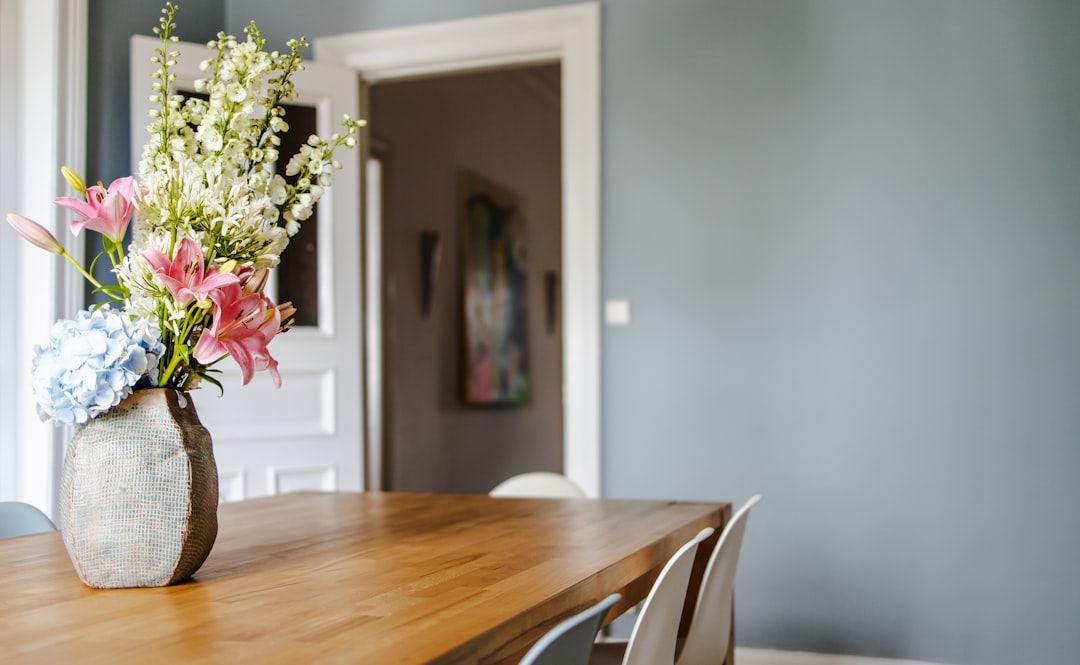In recent years, the push toward sustainability has become more pronounced, with individuals and businesses alike seeking ways to reduce their environmental impact. One significant aspect of this movement is the choice of furniture. As consumers become more aware of the ecological implications of their purchases, sustainable furniture options are gaining popularity. In this guide, we will explore various sustainable furniture choices that can help turn your home into a peaceful, eco-friendly haven.
Understanding Sustainable Furniture
Sustainable furniture is crafted in a manner that avoids depleting or harming natural resources. This often involves utilizing renewable materials, ensuring energy-efficient production processes, and implementing ethical manufacturing practices. By selecting sustainable furniture, you not only uplift your living space but also contribute positively to the environment.
Key Characteristics of Sustainable Furniture
- Materials: Preferably made from renewable resources such as bamboo, reclaimed wood, or recycled materials.
- Durability: Designed to last longer, minimizing waste and the need for replacements.
- Eco-friendly production: Involves processes that reduce energy consumption and carbon emissions.
- Ethical sourcing: Materials should be sourced from companies with fair labor practices and ethical standards.
Why Choose Sustainable Furniture?
The choice of sustainable furniture goes beyond just aesthetics; it delivers numerous benefits for both the consumer and the environment. Here are a few compelling reasons:
1. Environmental Benefits
By choosing sustainable materials, consumers help conserve natural resources and reduce deforestation and pollution. For example, using reclaimed wood not only decreases the demand for new timber but also prevents waste from ending up in landfills.
2. Healthier Indoor Environment
Traditional furniture often contains harmful chemicals and VOCs (volatile organic compounds) that can contribute to poor indoor air quality. Sustainable furniture, particularly those made from natural materials and finished with eco-friendly paints, can enhance the healthiness of your home.
3. Support for Ethical Brands
When you buy sustainable furniture, you’re investing in brands that are committed to ethical practices. Many sustainable manufacturers prioritize fair labor conditions and support local economies, making your choice a more responsible one.
Materials to Consider for Sustainable Furniture
When it comes to sustainable furniture choices, the materials used play a crucial role. Here are some fantastic options:
Bamboo
Bamboo is a rapidly renewable resource that grows quickly and requires minimal resources to cultivate. It is durable, stylish, and incredibly versatile, making it an excellent choice for everything from tables to chairs.
Reclaimed Wood
Reclaimed wood is salvaged from old buildings, furniture, or other structures. Using reclaimed wood helps reduce waste and adds a unique character to furniture pieces due to their histories.
Cork
Cork is harvested from the bark of cork oak trees without harming the tree itself, making it a sustainable choice. It’s lightweight and water-resistant, ideal for innovative designs.
Recycled Materials
Furniture made from recycled materials—such as plastics, metals, and fabrics—reduces waste and energy consumption. Look for items that emphasize their eco-friendly design through responsible sourcing.
Design Tips for an Eco-Friendly Home
Creating an eco-friendly home isn’t just about furniture; it also involves thoughtful design choices that complement sustainable living. Here are some tips to enhance your space:
Embrace Minimalism
Adopting a minimalist lifestyle can greatly enhance your eco-friendliness. By reducing clutter and choosing multifunctional pieces, you can save space and promote a more calm and serene atmosphere in your home.
Choose Timeless Designs
Investing in timeless designs ensures that your furniture remains stylish and functional for years. This minimizes the need for replacement and promotes sustainable consumption.
Color and Texture
The right color scheme can evoke tranquility and invite natural elements into your home. Opt for low-VOC paints and natural textiles that align with a sustainable ethos while enhancing the ambiance of your space.
Care and Maintenance for Sustainable Furniture
To extend the life of your eco-friendly furniture, proper care and maintenance are essential. Here are some tips to keep your furniture looking great:
Regular Cleaning
Dust and clean your furniture regularly with natural products to avoid the use of harsh chemicals. Use a soft cloth and mild soap to maintain its finish without compromising its integrity.
Conditioning Wood
Wood furniture benefits from occasional conditioning to maintain its luster. Choose eco-friendly waxes or oils designed for wood to hydrate and protect the surface.
Repairs and Upcycling
If furniture starts to show signs of wear, consider repairing or upcycling it instead of replacing it. With creativity, old furniture can be transformed into unique pieces that breathe new life into your home.
Sustainable Furniture for Every Room
No matter the space, sustainable furniture options are available to fit your need. Let’s explore how to incorporate sustainability into every room of your home.
Living Room
Choose a sofa made from organic fabrics and a frame constructed from sustainable wood. Accent the space with biodegradable throw pillows and reclaimed coffee tables. These elements not only look great but reflect a commitment to eco-friendly living.
Bedroom
In the bedroom, opt for a sustainably sourced bed frame and mattress made from natural materials. The options are vast, from organic cotton bedding to handmade wooden headboards. Create a serene environment that supports restful sleep.
Dining Room
For the dining room, consider a table constructed from reclaimed wood paired with chairs made of sustainable materials. Choosing a simple, elegant design ensures that your dining room remains both functional and aesthetic.
Office Space
Creating a green office space is vital in today’s work-from-home culture. Invest in a desk made from sustainable materials, and consider a chair that is both ergonomic and eco-friendly. Incorporate sustainable décor, such as plants or bamboo organizers, to elevate productivity in a conscious manner.
Making Sustainable Choices
While the concept of sustainable furniture may feel overwhelming, small choices lead to impactful changes. Start by replacing a few pieces in your home and gradually transition into a fully eco-friendly living space. Educate yourself about companies that prioritize sustainability, and don’t hesitate to ask questions about the origin and manufacturing process of the furniture you intend to purchase.
Empowering Yourself as a Conscious Consumer
As a consumer, your buying decisions matter. By supporting brands that prioritize sustainability, you are encouraging a shift toward environmentally-friendly practices in the furniture industry. Research certifications like FSC (Forest Stewardship Council) or GOTS (Global Organic Textile Standard) to ensure the furniture you choose meets high environmental and ethical standards.
Explore Local Artisans
Consider shopping from local artisans who create beautiful, handcrafted furniture using sustainable methods. Not only does this support the local economy, but it often results in higher quality pieces that tell a unique story.
Transforming Your Space Responsibly
Incorporating sustainable furniture into your home is not simply a trend—it's a lifestyle choice that reflects your values and commitment to the planet. As you navigate your design journey, remember that every small change can lead to a larger positive impact. Your home can be both stylish and sustainable, allowing you to enjoy your space while making a difference.
Now is the perfect time to embark on this eco-friendly adventure. Witness how sustainable furniture can amplify your home’s beauty while contributing to a healthier planet. The journey begins with the choices you make today. Are you ready to take the plunge and reinvent your space into a sustainable sanctuary?

